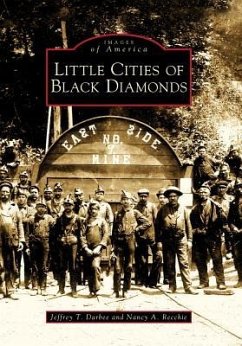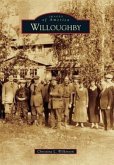Little Cities of Black Diamonds depicts and documents the history of the Hocking Valley Coalfield communities. Sitting astride the 14-foot Great Vein of bituminous coal, the communities of the Hocking Valley Coalfield were inextricably linked to the fortunes of a 50-year coal boom. Life in the Little Cities of Black Diamonds was not always easy or prosperous. Employment in the mines and clay plants rose and fell with economic conditions, and labor-management conflict led to strikes and violence. Even today, smoke from a mine fire, set deep underground during a strike in the 1880s, occasionally appears at the surface. Little Cities of Black Diamonds takes an intimate look at the miners, merchants, managers, and magnates who built the cities, villages, businesses, and homes of the Hocking Valley coal boom period. Since collapse of the coal industry around 1920, much has been lost, but the coal boom legacy lives on. In places such as Shawnee, New Straitsville, Eclipse, Glouster, and Haydenville, a small group of dedicated citizens works tirelessly to record, preserve, and celebrate the region's rich heritage.
Hinweis: Dieser Artikel kann nur an eine deutsche Lieferadresse ausgeliefert werden.
Hinweis: Dieser Artikel kann nur an eine deutsche Lieferadresse ausgeliefert werden.








